Permaculture is a set of design principles centered around whole systems thinking simulating or directly utilizing the patterns and resilient features observed in natural ecosystems. It offers a framework for creating sustainable ways of living and developing communities.
By focusing on sustainability, resilience, and resource efficiency, permaculture principles help in reducing our environmental footprint, fostering biodiversity, and promoting a balance between human needs and the health of our planet.
| Aspect | Importance |
|---|---|
| Sustainable Living | Guides the creation of systems that are efficient, productive, and sustainable, reducing the ecological footprint. |
| Harmony with Nature | Encourages observing and mimicking natural ecosystems, promoting ecological balance and biodiversity. |
| Resource Efficiency | Focuses on the sustainable use of resources, minimizing waste and maximizing efficiency. |
| Resilience | Builds systems that are adaptable and resilient to environmental changes and challenges. |
| Self-sufficiency | Promotes self-sufficient lifestyles, reducing dependency on external resources and systems. |
| Environmental Responsibility | Encourages responsible stewardship of the environment, ensuring the health of the planet for future generations. |
Principle 1: Observe and Interact

Observation is the first and most crucial step in permaculture. It involves taking time to understand the natural processes and cycles in the environment. By observing, we learn how different elements in nature interact and how we can mimic these patterns in our designs.
This principle encourages patience and respect for nature’s rhythms, leading to more effective and sustainable solutions. Interaction follows observation. It’s about becoming an active participant in the environment, learning through doing, and adapting our actions based on our observations.
It teaches us to engage with our surroundings, understand the impacts of our actions, and make informed decisions to create a harmonious balance with nature.
Principle 2: Catch and Store Energy
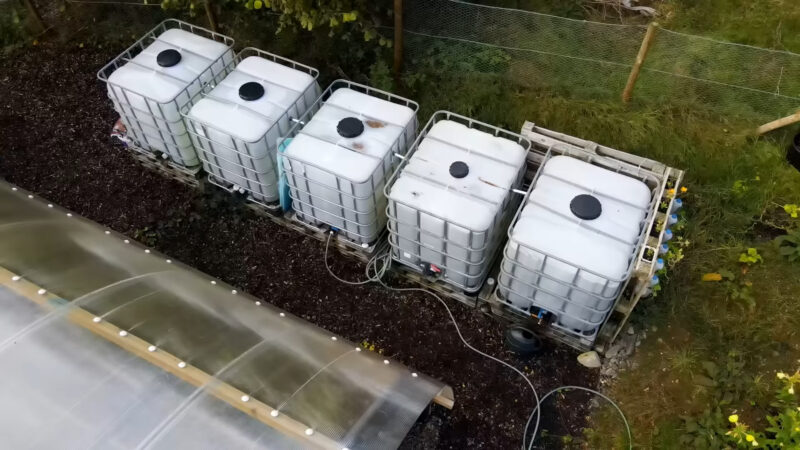
This principle focuses on capturing and utilizing resources when they are abundant. In permaculture, energy refers not just to electricity or fuel, but to all resources, including water, sunlight, wind, and biomass.
By designing systems that collect resources at peak availability, we can use them in times of need, reducing waste and dependency on non-renewable resources. Storing energy efficiently is as crucial as catching it. This involves creating systems that minimize energy loss and maximize utility.
Examples include designing buildings for thermal efficiency, using water catchment systems, and creating landscapes that store water and nutrients. Efficient storage systems ensure a steady supply of resources and reduce the need for external inputs.
Principle 3: Obtain a Yield
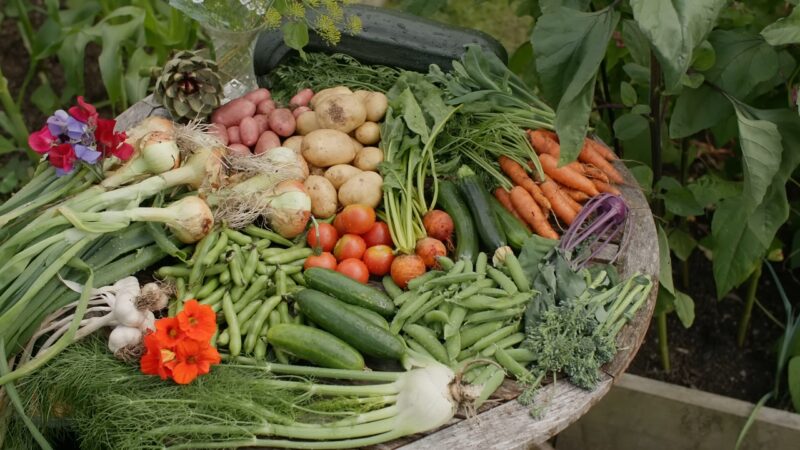
In permaculture, obtaining a yield is about designing systems that provide for our needs. This principle emphasizes the importance of creating productive systems that give back, ensuring that our efforts are rewarded with tangible results, like food, energy, or materials.
It also teaches the importance of balance. While we must design for productivity, we also need to ensure that we’re not depleting the system’s resources. It’s about finding a harmonious balance where we take what we need while ensuring the system remains healthy and productive for future use.
Principle 4: Apply Self-Regulation and Accept Feedback
Self-regulation involves recognizing and correcting our mistakes. In permaculture, this means creating systems that are self-sustaining and self-correcting. It requires being open to feedback, both from the environment and from others, and being willing to make changes in response.
Accepting feedback is essential for resilience. By observing how systems respond to different actions or external factors, we can adapt our designs to be more robust and flexible. This principle teaches us to be adaptive learners, constantly improving our systems based on real-world performance and feedback.
Principle 5: Use and Value Renewable Resources and Services
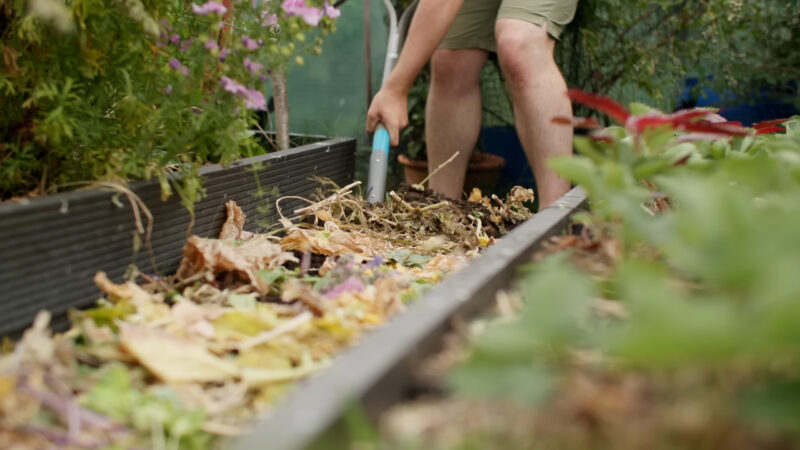
This principle is about prioritizing renewable resources over non-renewable ones. It encourages the use of materials, energy, and services that can be replenished naturally, reducing our ecological footprint and promoting sustainability.
Using renewable resources also means maximizing their efficiency. This involves designing systems that make the most of these resources, reducing waste, and finding multiple uses for each resource. It’s about creating a cycle of use and reuse that mimics natural ecosystems.
Principle 6: Produce No Waste
The concept of waste does not exist in nature. This principle encourages us to design systems where all outputs are reused and nothing is wasted. It challenges us to rethink our concept of waste, seeing it instead as a resource that can be repurposed or transformed into something beneficial.
Creating no-waste systems involves implementing circular processes where the output of one element becomes the input for another. This can include composting organic waste, recycling materials, and designing products with their entire lifecycle in mind. It’s about creating closed-loop systems that are efficient and sustainable.
Principle 7: Design from Patterns to Details
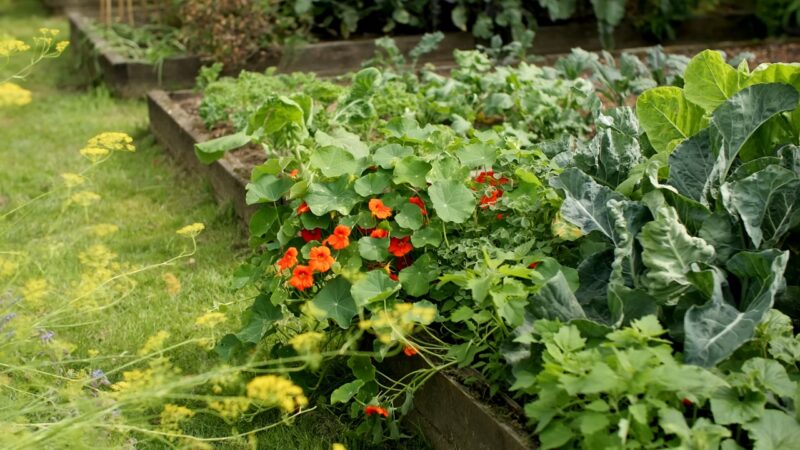
This principle is about understanding and utilizing the patterns found in nature, such as branching patterns in trees or the spiral of a snail’s shell. By recognizing these patterns and applying them to our designs, we can create systems that are more efficient, resilient, and aesthetically pleasing.
While patterns provide a framework, the details bring these designs to life. This principle teaches us to pay attention to the specifics of a site or situation.
Principle 8: Integrate Rather Than Segregate
Integration is key in permaculture. This principle focuses on how different elements in a system can work together to support each other. By placing elements in ways that create beneficial relationships, we can build systems that are more cohesive and efficient. Integration also involves understanding how different parts of a system can complement and enhance each other.
This could mean planting nitrogen-fixing plants near crops that require a lot of nitrogen, or using animals to control pests and weeds. By thinking about how different elements can work together, we can create systems that are more resilient and productive.
Principle 9: Use Small and Slow Solutions
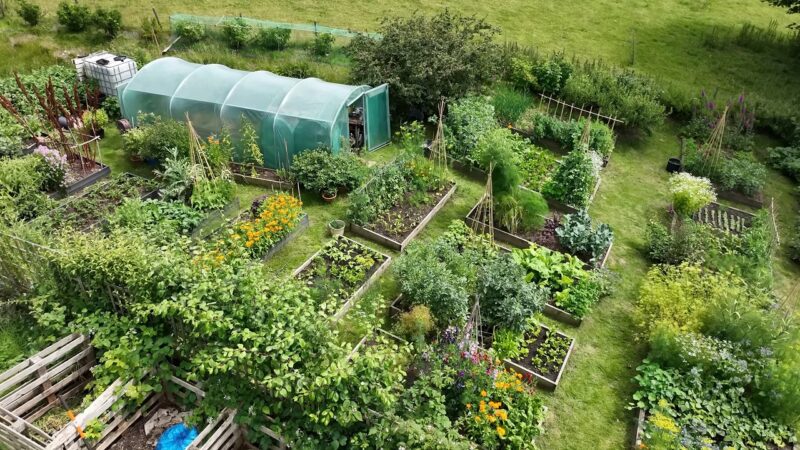
Small and slow solutions are often more sustainable and adaptable. This principle teaches us to start small, allowing systems to grow and evolve over time. By focusing on small-scale, manageable interventions, we can create more sustainable and resilient systems.
The principle also values slow and steady growth over quick fixes. This approach allows for better adaptation and integration with the existing environment. It encourages us to be patient, allowing systems to develop naturally and sustainably over time.
Principle 10: Use and Value Diversity
Diversity is crucial in permaculture. This principle emphasizes the value of having a variety of elements in a system. By incorporating different types of plants, animals, and structures, we can create systems that are more resilient and productive.
Diverse systems are more resilient to pests, diseases, and environmental changes. This principle teaches us to value the role of each element in a system, understanding that diversity leads to a more stable and resilient whole.
Principle 11: Use Edges and Value the Marginal
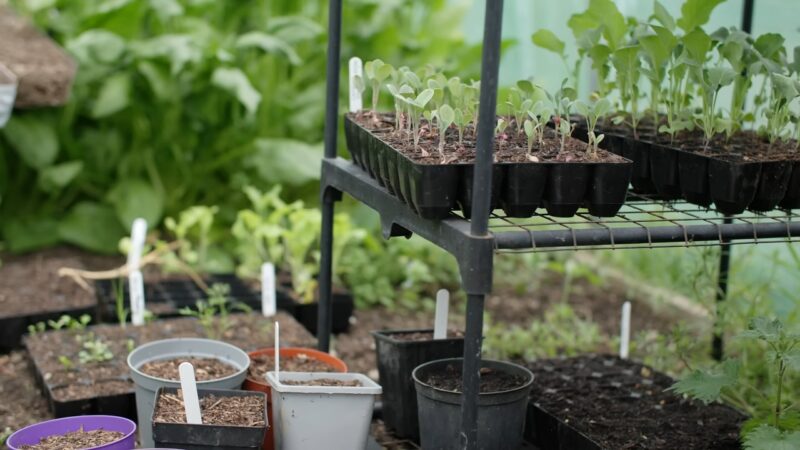
Edges, where two ecosystems meet, are often the most productive areas. This principle focuses on using these edge spaces effectively, taking advantage of the unique opportunities they offer. By designing with edges in mind, we can create more productive and dynamic systems. This principle also teaches us to value the marginal, often overlooked areas.
These spaces, whether in a landscape or in society, can offer unique opportunities for innovation and creativity. By recognizing the potential in these marginal spaces, we can create more inclusive and diverse systems.
Principle 12: Creatively Use and Respond to Change
Change is a natural part of any system. This principle is about seeing change as an opportunity rather than a threat. By being flexible and adaptable, we can use change to improve our systems and make them more resilient.
Responding to change involves being proactive and creative in our design and management strategies. It requires us to be constantly observing and learning from our environment, adapting our practices to suit changing conditions. This approach ensures that our systems remain relevant, resilient, and sustainable over time.
FAQs
How do permaculture principles contribute to soil health?
Permaculture principles greatly enhance soil health and can improve its ph. Techniques like composting, mulching, and no-till gardening help to build rich, nutrient-dense soil. These practices encourage biodiversity in soil organisms, improve water retention, and reduce erosion, ultimately leading to healthier ecosystems.
Can permaculture help in addressing climate change?
Yes, permaculture can play a significant role in addressing climate change. By promoting sustainable land use, increasing green cover, and reducing reliance on fossil fuels, permaculture helps in carbon sequestration and reducing greenhouse gas emissions. Its focus on resilience and adaptation also makes it a valuable approach in climate change mitigation and adaptation strategies.
Is permaculture feasible on a large scale, like in agriculture?
Permaculture is not only feasible but also beneficial on a large scale. In agriculture, it can lead to sustainable farming practices that protect biodiversity, conserve water, and improve soil health. Large-scale permaculture projects might include agroforestry, holistic grazing, and integrated water management systems that work harmoniously with natural ecosystems.
How does permaculture intersect with community development?
Permaculture has a strong community aspect. It encourages local food production, shared resources, and community-driven projects. By fostering a sense of community, permaculture helps in creating more resilient and self-sufficient communities that are better equipped to face environmental and economic challenges.
What are some common misconceptions about permaculture?
One common misconception is that permaculture is only about gardening. While gardening is a significant component, permaculture encompasses a broader philosophy of sustainable living and environmental stewardship. Another misconception is that it’s too complex or labor-intensive, when in fact, permaculture aims to create systems that are low-maintenance and self-sustaining over time.
Last Words
Permaculture offers a holistic approach to sustainable living, deeply rooted in observing and mimicking natural processes. Each of these principles provides a framework for thinking and designing in a way that promotes environmental health, economic viability, and social equity. By applying these principles, we can create systems that are not only sustainable but also resilient, productive, and harmonious with nature.
